Visual-spatial skills are essential for navigating our environment, recognizing objects, and mentally manipulating spatial information. Whether it’s finding our way through a crowded room or mentally rotating objects in our mind’s eye, these abilities are vital for daily functioning. Multiple brain regions collaborate to process visual-spatial information effectively.
The temporal lobes play a role in recognizing and interpreting visual stimuli, allowing us to identify objects and scenes. The parietal lobes contribute to spatial awareness and coordinate movements based on visual input, helping us navigate and interact with our surroundings. Meanwhile, the occipital lobes process visual information from the eyes, enabling us to perceive shapes, colors, and motion. Additionally, the lateral prefrontal cortex supports higher-order cognitive functions involved in planning, problem-solving, and decision-making, which are crucial for spatial reasoning and mental manipulation of visual information.
![]() Mentally rotating objects
Mentally rotating objects
![]() Perceiving objects in non-traditional orientations
Perceiving objects in non-traditional orientations
![]() Separating parts of a whole
Separating parts of a whole
![]() Distinguishing orientations of objects in physical space
Distinguishing orientations of objects in physical space
Imagery refers to the mental representation or visualization of sensory experiences, such as sights, sounds, tastes, smells, and tactile sensations, without the direct presence of external stimuli.
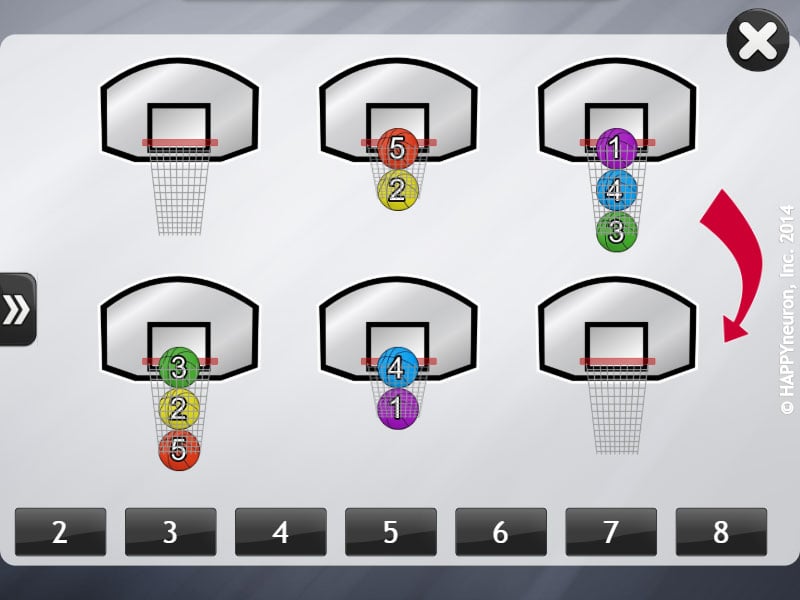
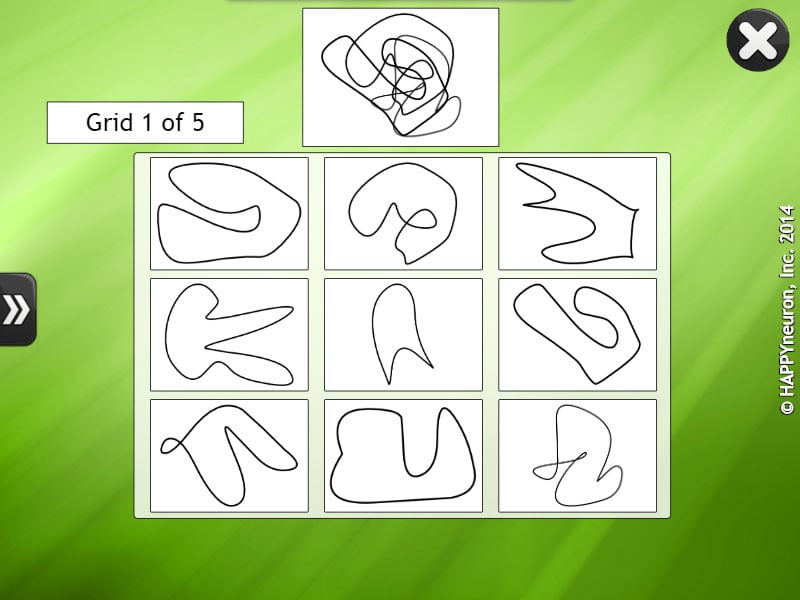
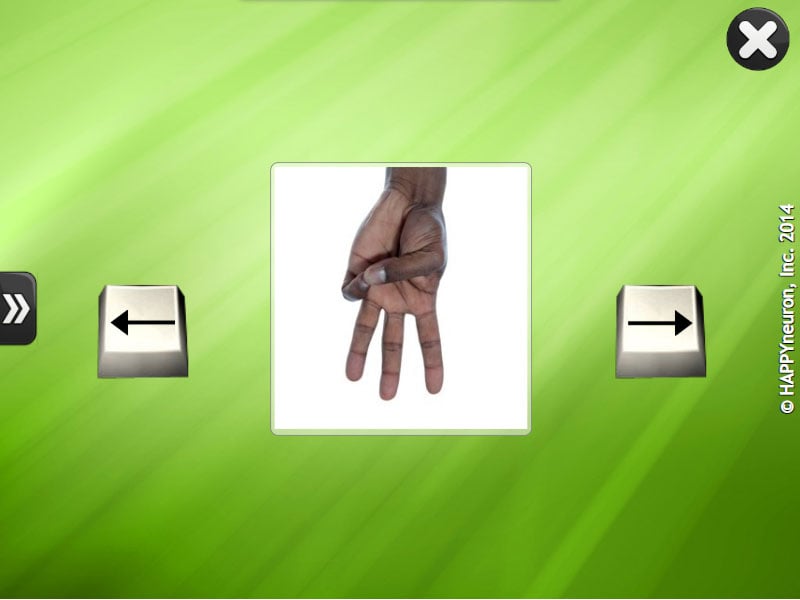
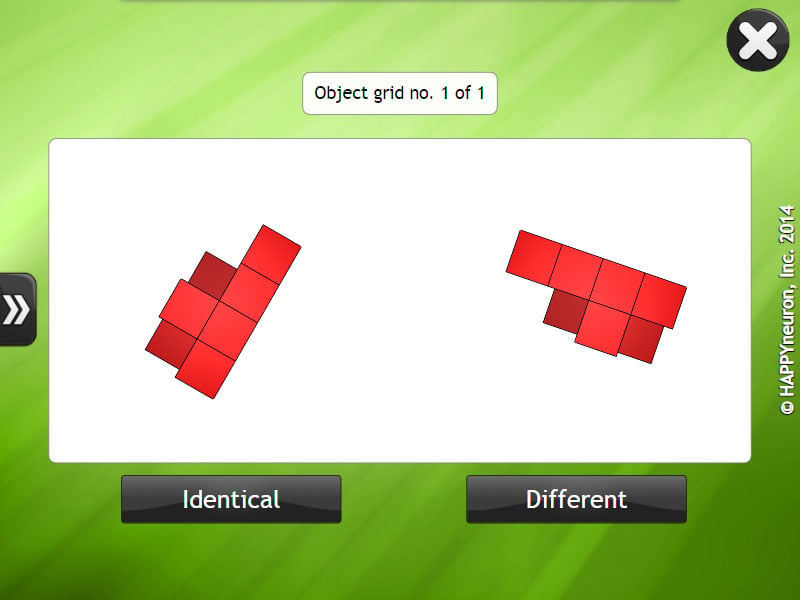
Pattern recognition in visual-spatial skills is a fundamental cognitive process that enables individuals to perceive and understand recurring shapes, forms, or arrangements within visual stimuli. If an individual has trouble with these tasks, pattern recognition exercises may help them strengthen the skills.
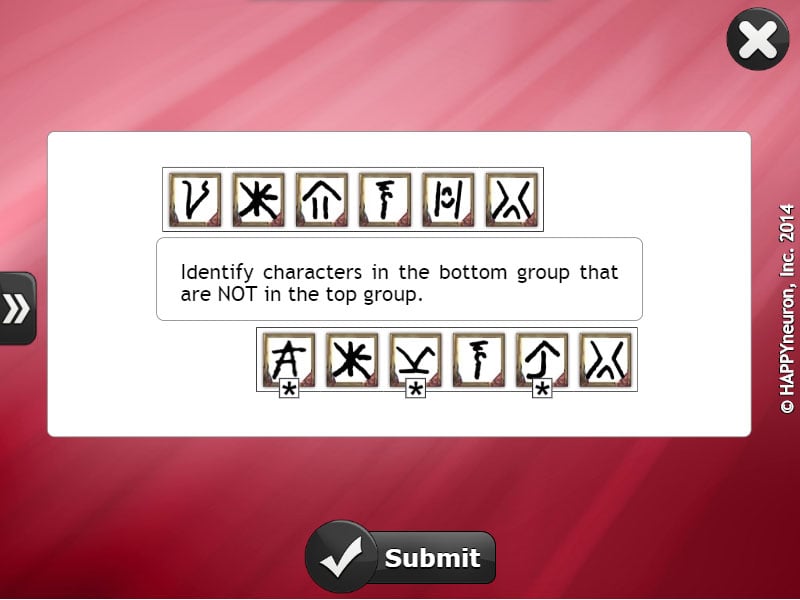
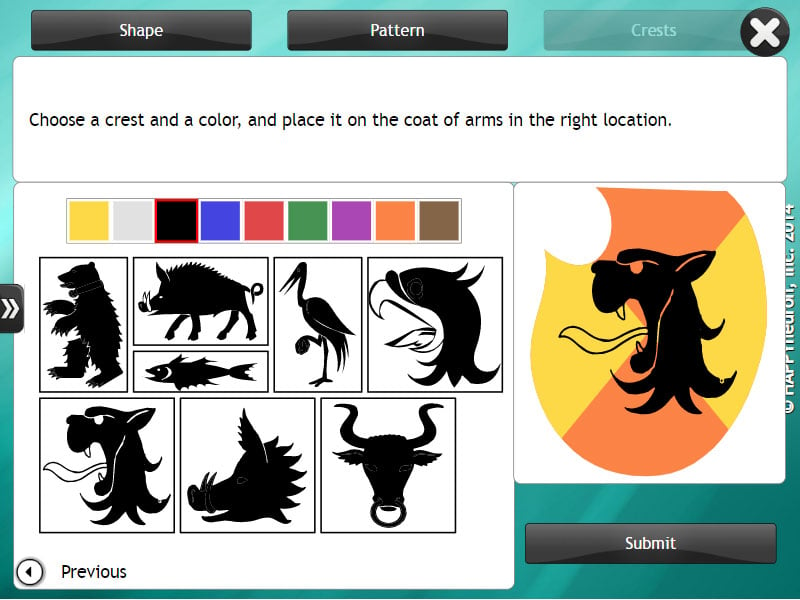
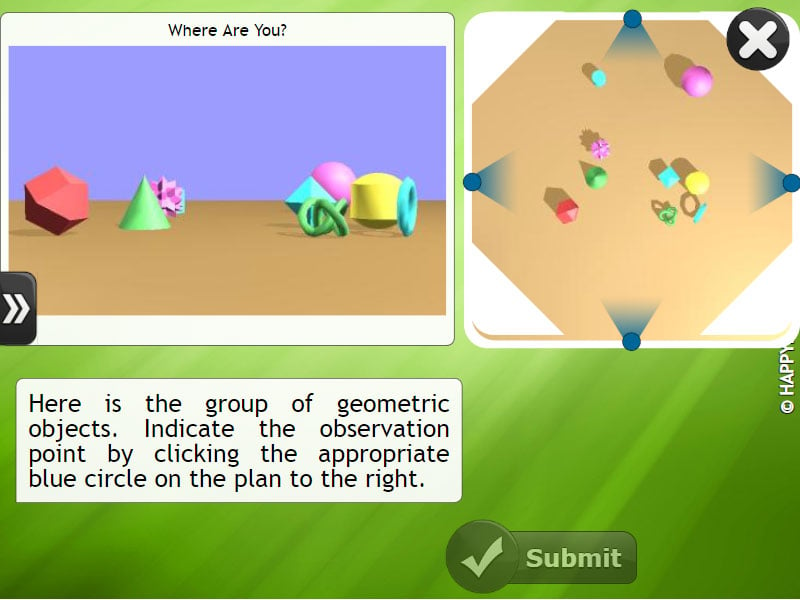

Visual exploration refers to the process of actively scanning and examining visual stimuli to gather information and understand the surrounding environment. It involves using visual attention to systematically explore and analyze details, patterns, and spatial relationships within visual scenes.
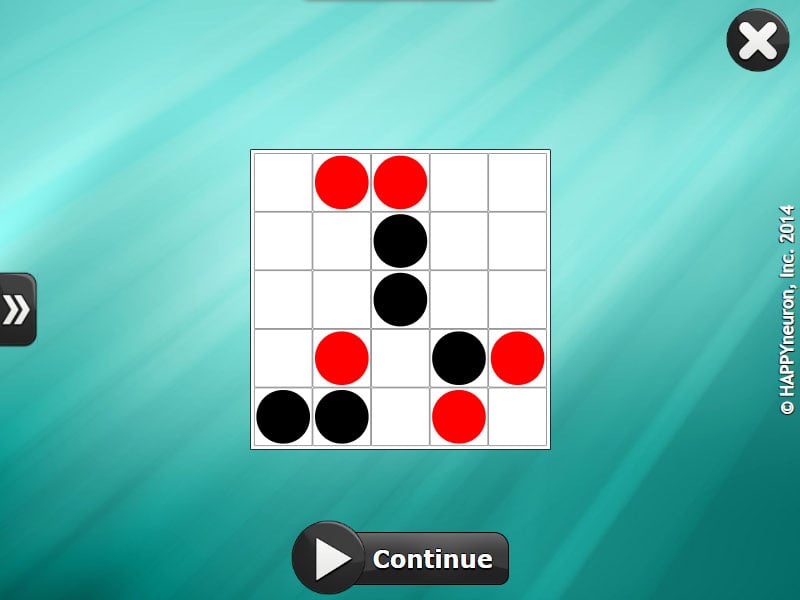
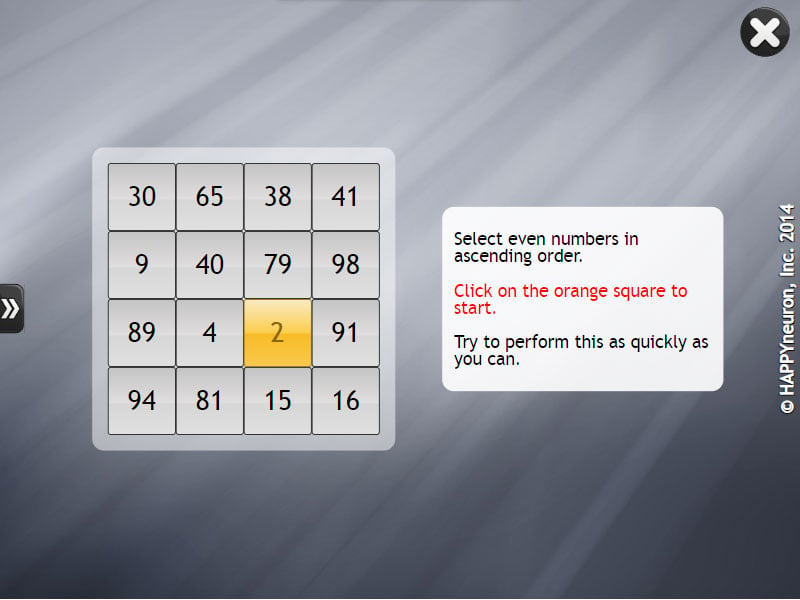
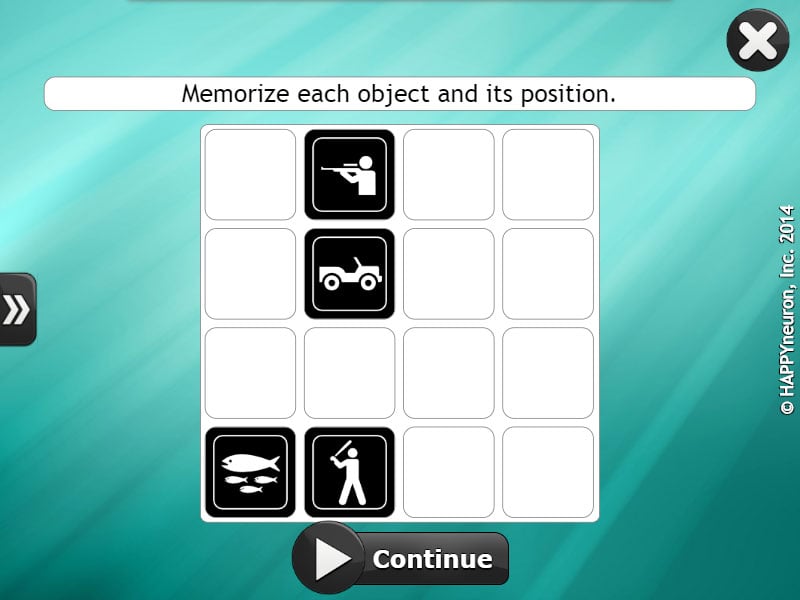

Pulling from our decades of experience in Cognitive Therapeutics, we aim to help you enrich your practice through the use of digital and paper tools.
Pricing + Offers


© 2023 HappyNeuron is a Product of Humans Matter